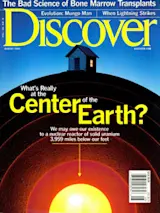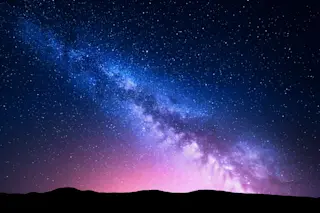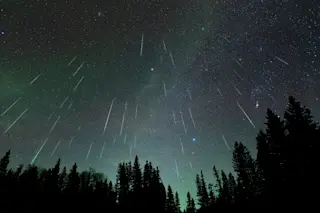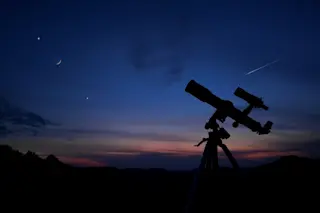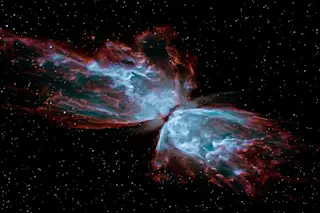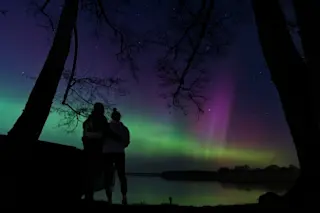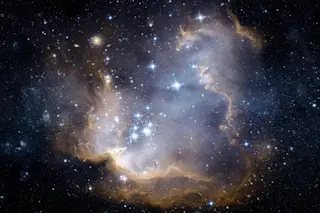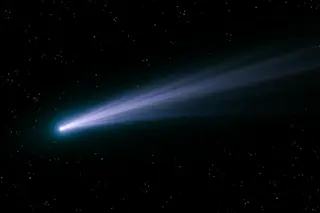There's a unique gateway on earth, a portal to the most distant reaches of the cosmos. It's a place where ancient light, snared at last after traveling for billions of years, whispers tales from the dawn of time. The gateway lies in the middle of the Pacific Ocean on the big island of Hawaii, and it's called Mauna Kea, a sea-born volcano dormant now for about 40 centuries. Gracing its 13,796-foot summit are the magnificent trappers of primeval light: 11 observatories, including the two Keck telescopes, the most powerful in the world. They are the highest astronomical outposts on the planet, above 40 percent of Earth's atmosphere and 90 percent of its water vapor. On a good night, their view of the cosmos rivals or even surpasses that of the Hubble Space Telescope. Their combined light-gathering power exceeds the Hubble's by 50 times.
Even though these peerless observatories are generally ...


